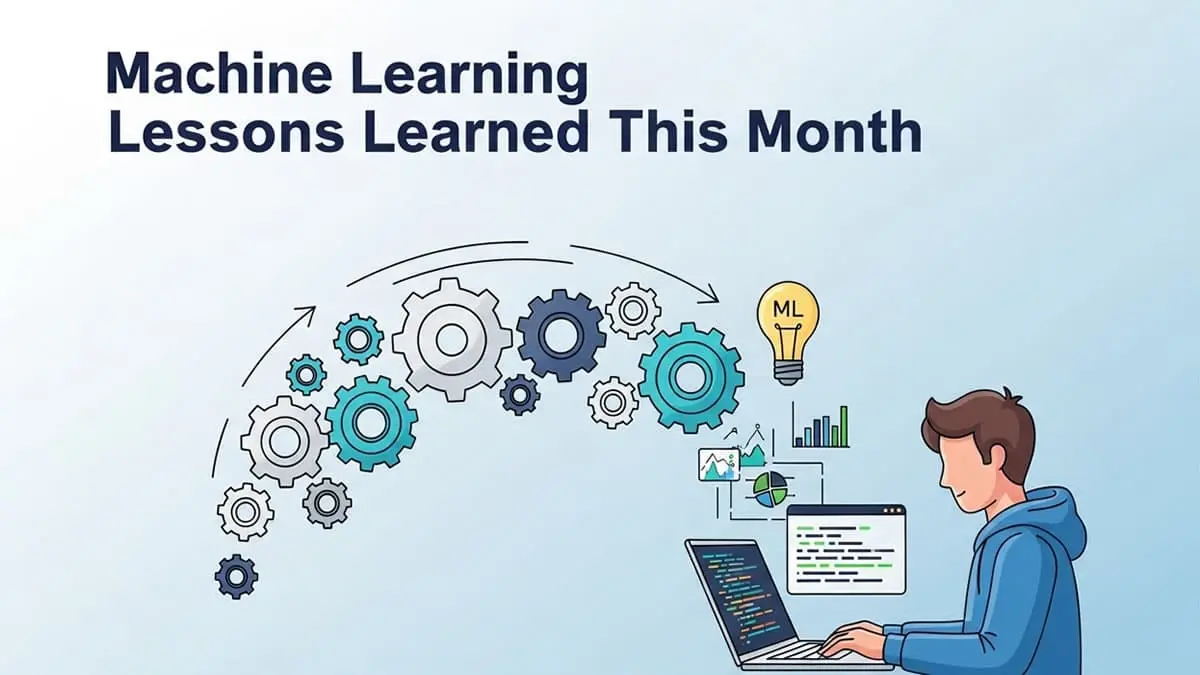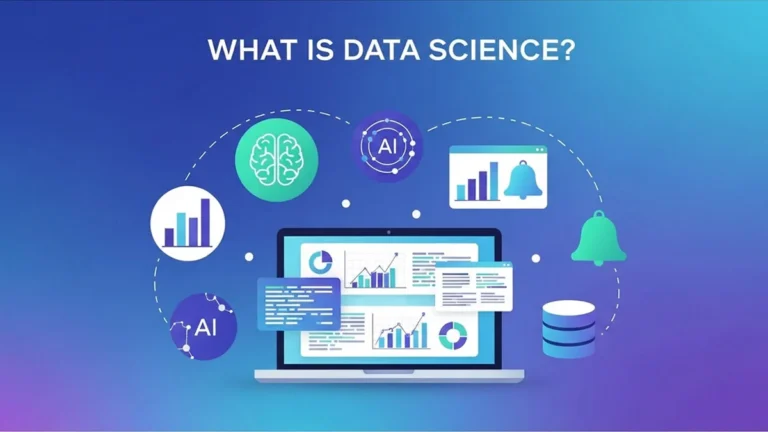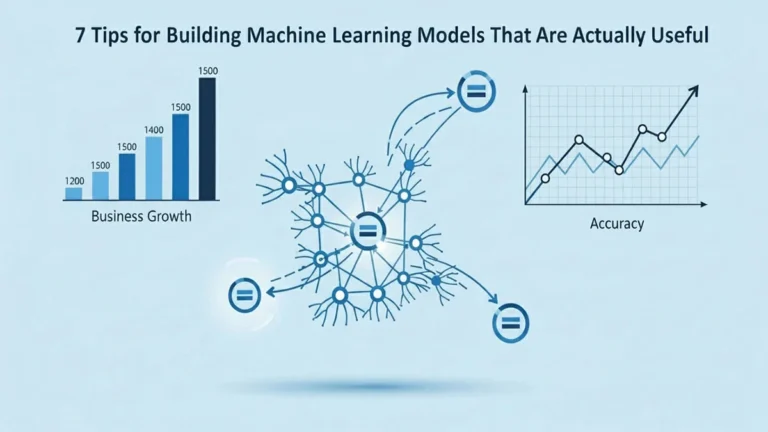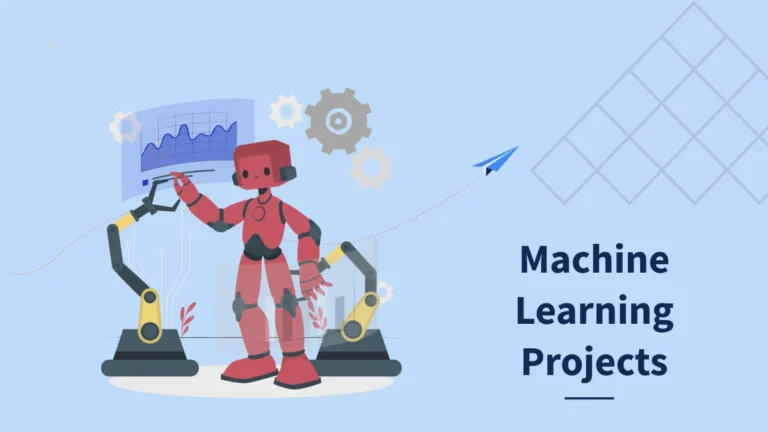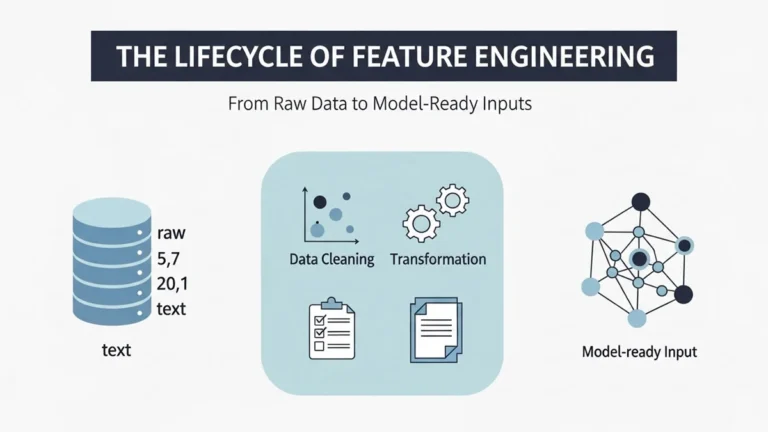The Machine Learning Lessons I’ve Learned This Month
Most days working in machine learning feel almost identical. Coding, waiting for results, analyzing them, returning to coding. Plus, some short-term demonstrations of one’s progress. However, tasks appearing repetitive don’t imply that there’s no fresh learning.
Quite the opposite! Around two to three years ago, I adopted a consistent routine of documenting daily insights gained through my ML practice. Looking back at some of the lessons written this month, I identified three practical discoveries that deserve highlighting:
- Keep logging straightforward
- Use an experimental record notebook
- Remember overnight training runs
Keep logging straightforward
For years, I depended on Weights & Biases (W&B) as my primary experiment tracker. In fact, I was once among the top five percent of all active contributors. The statistics in the chart below confirm that, at that period, I trained nearly 25,000 different models, utilized a total of 5,000 compute hours, and executed over 500 hyperparameter optimizations. I employed W&B for academic research, for ambitious projects like large-scale weather prediction, and for organizing hundreds of smaller investigations.
And truthfully, W&B is an excellent platform: if you require polished dashboards and you’re collaborating actively within a team, W&B excels. Even recently, when reconstructing data from trained networks, I conducted multiple optimization sweeps, and W&B’s graphs were incredibly helpful. They enabled me to instantly compare reconstructions across separate runs.
Yet eventually, I realized that for most independent research projects, W&B was excessive. I rarely revisited individual trials, and once a project concluded, the collected logs just remained untouched, never referenced again. When I restructured the earlier reconstruction project, I deliberately removed the W&B integration. Not because of shortcomings in the tool itself, but because it wasn’t essential.
Now my process is much leaner. I simply record chosen metrics into CSV and plain text files, writing directly to local storage. For parameter searches, I rely on Optuna. If you’re interested in Python’s data libraries, check out 7 Python Statistics Tools That Data Scientists Use. Not even its distributed variant requires a central database, just the standalone Optuna, preserving study progress inside a pickle file. If something fails, I reload and resume. Practical, minimal, and effective for my requirements.
The primary takeaway is this: logging isn’t the actual work. It’s merely a support framework. Spending endless hours deciding what exactly to log, weights, gradients, distributions, and their frequency can completely distract you from genuine research. Personally, a lightweight local logging arrangement covers everything I require, with negligible overhead.
Maintain experimental record notebooks
Back in December 1939, William Shockley documented an idea inside his research notebook: replacing vacuum tubes with semiconductor devices. Roughly two decades later, Shockley, along with colleagues at Bell Labs, won Nobel Prizes for inventing the modern transistor.
While few of us are writing Nobel-level entries inside notebooks, the guiding principle remains valuable. In machine learning, our laboratories don’t include chemicals or glass beakers, as often imagined when hearing the word “lab.” Instead, our laboratories are digital, our computers. To dive deeper, explore these 10 Best Python Projects for Beginners in 2025. The same machine I’m typing this article on has trained countless models during previous years. These digital laboratories are highly portable, especially when working remotely on high-performance clusters. Even better, thanks to expert administrative teams, such clusters run constantly 24/7, meaning experiments can always continue.
But the central question is: which experiment should you run? Here, an old colleague encouraged me to maintain a dedicated lab notebook, and lately I revived that practice in the simplest possible form. Before beginning long-duration experiments, I jot down:
- What exactly am I testing
- Why specifically am I testing it
Later, usually the next morning, I can instantly understand which results are finished and what insights I expected to obtain. It’s incredibly simple, yet transforms workflow. Instead of “rerun endlessly until something succeeds,” these structured experiments become documented learning cycles. Failures become easier to interpret. Successes become straightforward to replicate.
Remember overnight training runs
This lesson seems minor, yet it’s painful to relearn repeatedly.
On a Friday night, I uncovered a bug potentially influencing experiment accuracy. I patched the issue and restarted the trials for verification. By Saturday morning, the jobs were completed, but when reviewing outputs, I discovered I had missed adding a crucial ablation study. Which, unfortunately, meant another entire wasted day of computation.
In ML, nighttime is extremely valuable. For us developers, it’s rest. For our experiments, it’s productivity. If nothing runs while we’re asleep, we essentially waste free computing power.
That doesn’t imply launching experiments randomly without consideration. But whenever you have a meaningful trial ready, starting it at night is ideal. Compute clusters often remain under-utilized during those hours, making resources easier to access. Most importantly, you’ll wake up to fresh results awaiting evaluation.
A small yet effective tactic is to plan deliberately. As Cal Newport emphasizes in “Deep Work,” the best workdays begin the evening before. If you outline tomorrow’s agenda tonight, you can configure the right experiments before logging off.
The Machine Learning Lessons I’ve Learned This Month: Final Thoughts
This isn’t a critique of W&B or similar tools like MLFlow. Instead, it’s an encouragement for practitioners to evaluate their project goals and direct maximum focus toward achieving them with clarity. Similarly, collaboration dashboards should only be justified if they deliver greater insights than the time required to establish them. In summary, my three lessons from this month remind me to prioritize simplicity, maintain structured notes, and optimize overnight hours. They may not guarantee Nobel Prizes, but they ensure steady, reproducible progress in everyday machine learning work.

